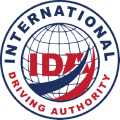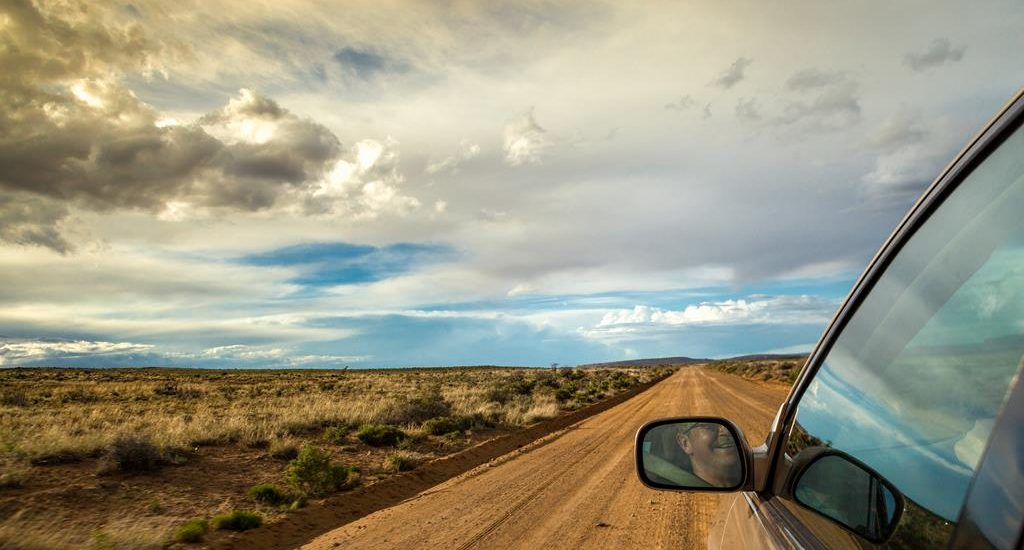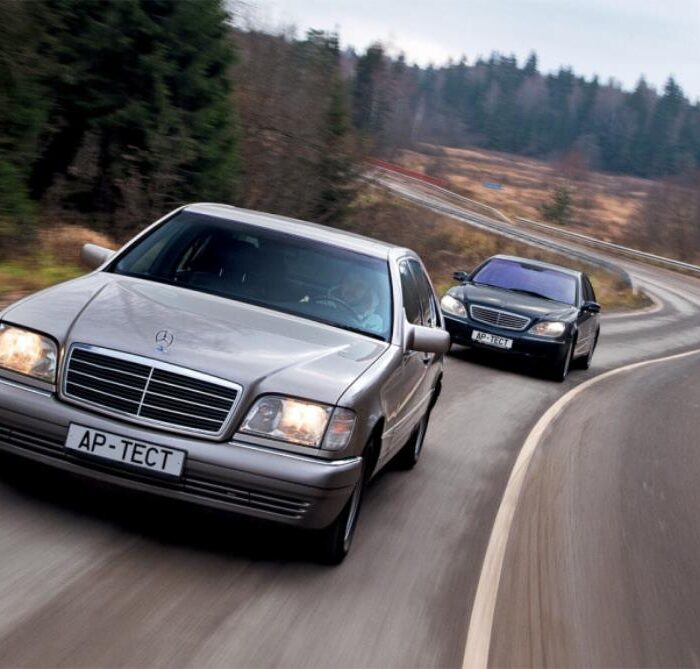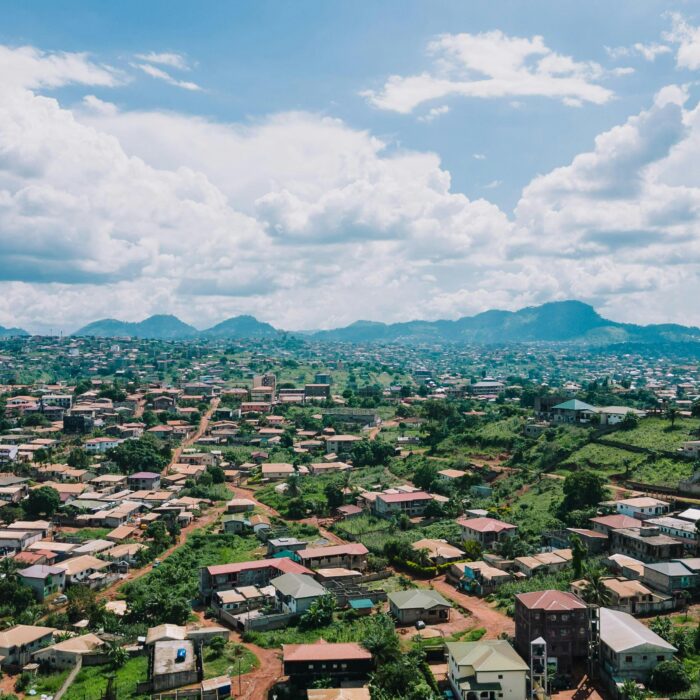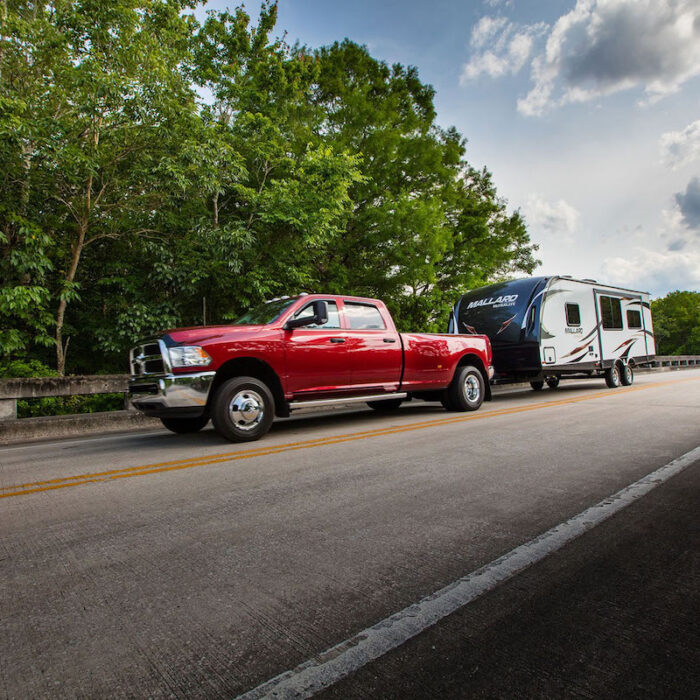Have you ever dreamed of exploring the entire planet from behind the wheel? A round-the-world road trip offers adventure seekers the ultimate journey – combining freedom, challenge, and unforgettable experiences across continents. This comprehensive guide will walk you through everything you need to know to turn this dream into reality.
Why Choose a Car for Global Travel?
Travel around the world by car offers an experience unlike any other. While hot air balloons might provide more dramatic views, nothing matches the accessibility, flexibility, and immersive experience of a road trip. From winding mountain passes to coastal highways, a global drive allows you to:
- Experience gradual cultural transitions between neighboring regions
- Explore remote areas inaccessible to typical tourists
- Set your own pace and change plans spontaneously
- Develop a genuine connection with the landscapes you traverse
- Transport your belongings comfortably without constant packing/unpacking
Time Requirements: How Long Does It Take?
Planning a round-the-world journey requires significant time commitment beyond standard vacation allowances:
- Minimum timeframe: 3 months (very tight, rushed schedule)
- Recommended timeframe: 6-12 months for a more relaxed pace
- Ideal scenario: 1+ years to truly immerse in different regions
Remember that weather seasons vary globally – what might be perfect driving conditions in one hemisphere could be monsoon season in another. Building flexibility into your timeline is essential.
The Planning Process: Preparation is Key
The planning phase is equally time-consuming as the journey itself. Key preparation elements include:
- Researching visa requirements for each country (some require applications months in advance)
- Investigating driving permit requirements and international driving license needs
- Planning routes with consideration for seasonal weather patterns
- Researching border crossings and vehicle import regulations
- Scheduling vehicle shipping between continents
- Arranging travel insurance with appropriate coverage
- Researching regional security situations and travel advisories
- Creating detailed itineraries with flexibility built in
Consider working with specialized travel agencies that focus on round-the-world trips if you’re overwhelmed by the planning complexity.

Budget Considerations: What to Expect
Global road trips are significant financial investments. Prepare for these major expense categories:
- Vehicle costs: Purchase/preparation or rental fees
- Shipping expenses: Transporting your vehicle between continents
- Fuel costs: Vary dramatically by country
- Accommodation: Hotels, camping, homestays
- Food and dining: Daily meals across various countries
- Visas and permits: Entry fees for each country
- Insurance: Vehicle, health, and travel
- Emergency fund: For unexpected repairs or situations
Minimum budget recommendation: $30,000 for a basic round-the-world trip (significantly more than the outdated $10,000 mentioned in the original article)
Crossing Continents: Logistics and Transportation
One of the most challenging aspects is moving your vehicle between continents:
- Shipping options: RoRo (Roll-on/Roll-off), container shipping, or air freight
- Typical waiting periods: 2-4 weeks between continents
- Documentation: Carnet de Passage or temporary import permits required in many countries
- Customs clearance: Often requires personal presence and patience
During vehicle transit periods, consider:
- Exploring the departure city thoroughly
- Taking side trips via public transportation
- Catching up on journey documentation and sharing
- Performing vehicle maintenance and preparing for the next leg
Sample Global Route: A World Circuit
Here’s an updated version of the suggested route, starting from Spain:
- Europe to Africa: Cross Gibraltar into Morocco
- North African Exploration: Morocco and Western Sahara
- Trans-Atlantic Crossing: Ship vehicle to Brazil
- South American Journey: Brazil, Argentina, Chile
- North American Adventure: USA and Canada
- Pacific Crossing: Ship from Los Angeles to Shanghai
- Asian Expedition: China, Mongolia, Kazakhstan
- Russian Traverse: Through Moscow to St. Petersburg
- Scandinavian Loop: Finland, Sweden, Norway, Denmark
- Return to Spain: Transit through Western Europe
This route balances driving accessibility with cultural diversity while minimizing shipping segments.
Choosing the Right Vehicle: Your Home on Wheels
Your vehicle selection is perhaps the most critical decision for the entire journey:
Key characteristics to prioritize:
- Reliability: Choose widely available brands with global service networks
- Fuel efficiency: Fuel costs vary dramatically worldwide
- Ground clearance: For variable road conditions
- Parts availability: Common models have easier access to spare parts globally
- Comfort: You’ll spend countless hours in this vehicle
- Storage: Sufficient for all your needs without being unwieldy
Expert recommendations:
- Toyota Land Cruiser or Hilux (exceptional reliability and global parts network)
- Volkswagen Transporter (balance of efficiency and space)
- Land Rover Defender (capability but requires mechanical knowledge)
- Mitsubishi Pajero/Montero (good reliability-to-cost ratio)
Most experienced global drivers strongly recommend vehicles under 5 years old to minimize breakdown risks in remote areas.
Accommodation Strategies: Where to Rest
Your accommodation approach significantly impacts both budget and experience:
Recommended options:
- Camping: Most economical, requires proper equipment
- Hostels/Budget hotels: Balance of comfort and affordability
- Homestays/Couchsurfing: Cultural immersion and cost savings
- Vehicle camping: With appropriate setup (roof tent, camper conversion)
- Occasional splurges: Strategic luxury stays for recovery
Important considerations:
- Prioritize secure parking above all else
- Avoid isolated villages without established accommodations
- Balance urban and rural stays for different experiences
- Consider dedicated overlander hostels and campsites that cater to vehicle travelers
- Pre-book accommodations in high-season areas
Travel Companions: Solo or Together?
Deciding whether to travel alone or with companions significantly impacts your journey:
Solo advantages:
- Complete freedom in decision-making
- Easier to connect with locals and other travelers
- Simpler logistics and planning
Group advantages:
- Shared driving responsibilities
- Enhanced safety in some regions
- Cost sharing for major expenses
If considering picking up travelers along the way, exercise caution:
- Trust your instincts about new companions
- Establish clear expectations about contributions and responsibilities
- Consider shorter trial periods before committing to longer stretches together
- Have a system for vetting potential travel partners
Food and Dining: Culinary Adventures
Navigating global cuisine presents both challenges and delights:
Dining approaches:
- Local eateries: Most authentic but requires language skills
- Self-catering: Most economical with proper equipment
- International chains: Predictable but misses local flavors
- Street food: Often excellent but requires caution in some regions
Regional highlights:
- Mediterranean countries offer excellent value and quality
- Southeast Asian street food provides incredible variety and value
- Latin American markets offer fresh, inexpensive produce
- Be prepared for food deserts in remote regions
Regional-Specific Travel Tips
Latin America:
- Consider rental vehicles in countries with security concerns
- Prepare for significant altitude changes in Andean regions
- Research border crossings thoroughly as requirements change frequently
Africa:
- Carnet de Passage is essential for vehicle entry in many countries
- Fuel quality varies dramatically – carry filters and additives
- Consider joining caravans for remote desert crossings
Asia:
- Driving regulations vary dramatically between countries
- Language barriers can be significant – prepare translation tools
- Vehicle import procedures can be complex and time-consuming
Documenting Your Journey: Creating Lasting Memories
Modern technology offers numerous ways to preserve your experiences:
Documentation options:
- Photography: Invest in quality weather-resistant equipment
- Video: Consider dashcams for driving footage plus handheld for experiences
- Journaling: Digital or physical journals to capture daily reflections
- Blogging/Social Media: Share experiences and connect with fellow travelers
- GPS tracking: Record your exact route for future reference
Practical tips:
- Back up media regularly to multiple sources
- Consider satellite communication for remote area sharing
- Balance documentation with being present in the moment
- Create a sustainable sharing schedule that doesn’t dominate your journey
The Freedom of Independent Travel
The greatest advantage of round-the-world driving is the unparalleled freedom:
- Adjust your pace based on your interests and energy
- Extend stays in favorite locations indefinitely
- Take detours to unexpected discoveries
- Create a journey that perfectly matches your personal interests
- Build relationships with locals beyond tourist interactions
This flexibility allows you to transform from tourist to traveler, developing a deeper connection with each place you visit.
Safety Considerations and Risk Management
A global road trip inevitably involves risks that require preparation:
Major considerations:
- Health: International insurance, vaccinations, basic medical training
- Vehicle security: Appropriate locks, security systems, safe parking
- Personal safety: Research regional safety situations, avoid high-risk areas
- Natural hazards: Weather awareness, route planning around seasons
- Navigation: Multiple backup systems (physical maps, GPS, smartphone)
Minimize risks by:
- Researching thoroughly before entering new regions
- Connecting with experienced travelers for current information
- Registering with embassies in less stable regions
- Maintaining regular communication with home contacts
- Trusting your instincts when situations feel unsafe

Conclusion: The Journey of a Lifetime
A round-the-world car journey represents the ultimate adventure for those seeking genuine global exploration. While the challenges are significant, the rewards are immeasurable:
- Cultural immersion impossible with conventional travel
- Lifelong memories and stories unlike any other
- Personal growth through overcoming challenges
- A unique perspective on our interconnected world
- Friendships formed across continents
The most important requirements aren’t financial or logistical but personal: curiosity, adaptability, patience, and determination will carry you further than any vehicle.
Before embarking on your global adventure, ensure you have:
- International driving permits for all relevant regions
- Comprehensive insurance coverage
- Multiple payment methods
- Proper vehicle documentation
- A spirit ready for both challenge and wonder
The world awaits your wheels. Safe travels!

Published July 08, 2017 • 10m to read
